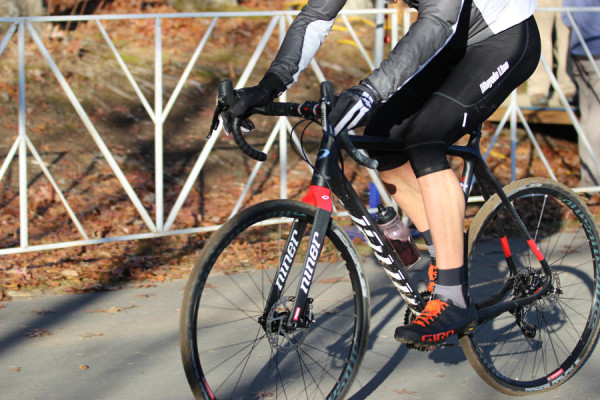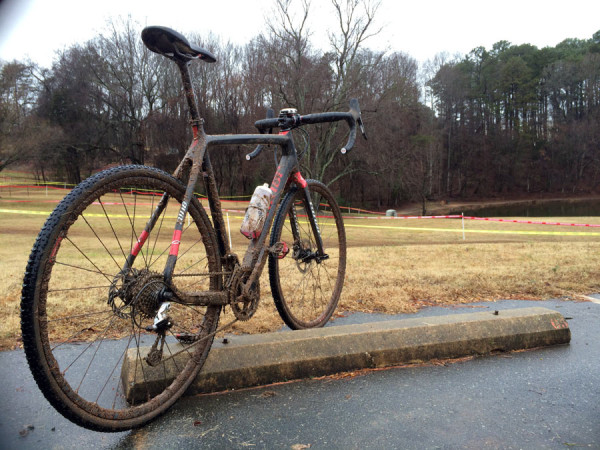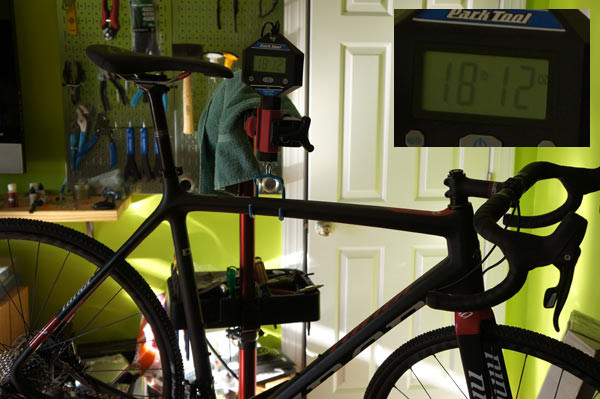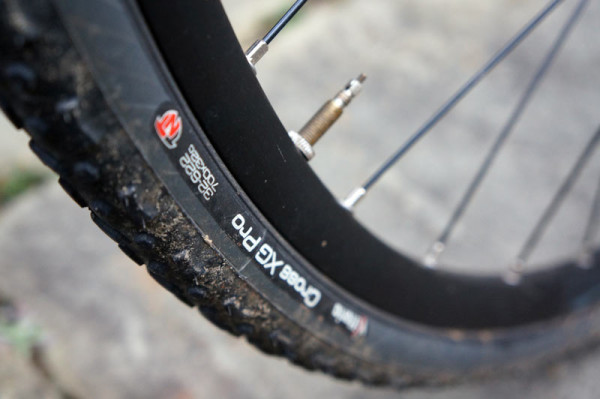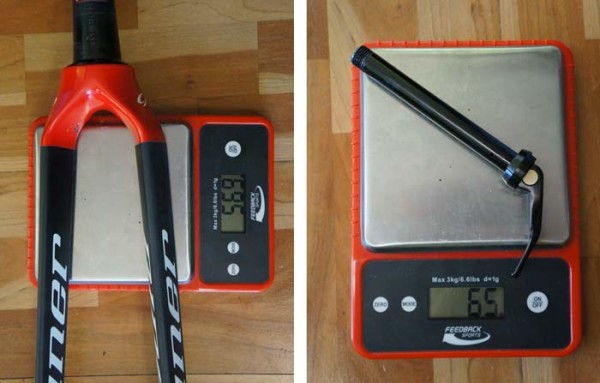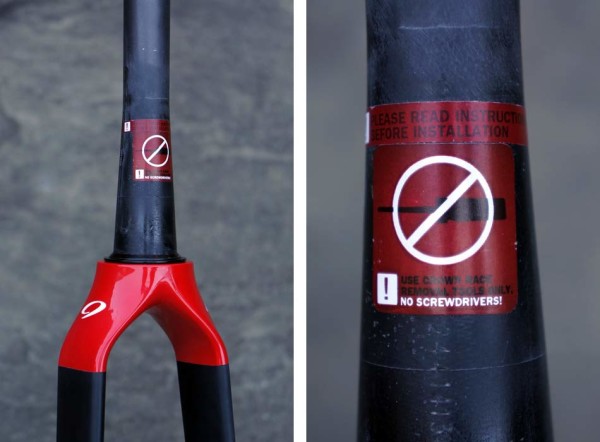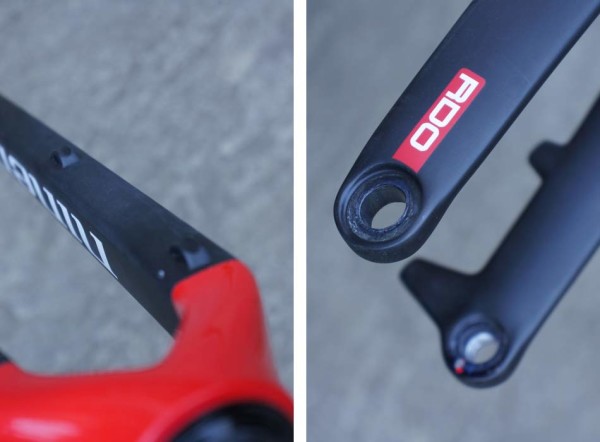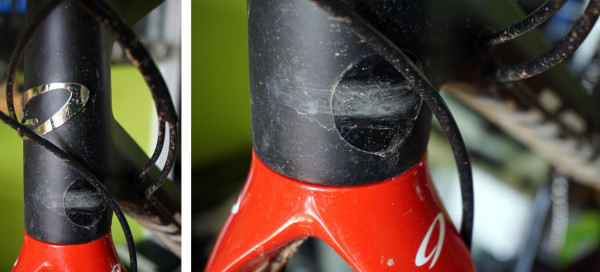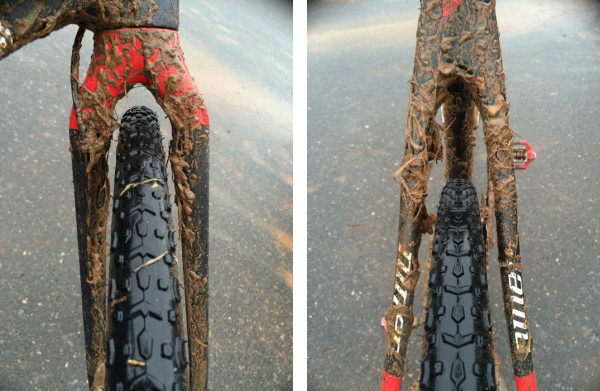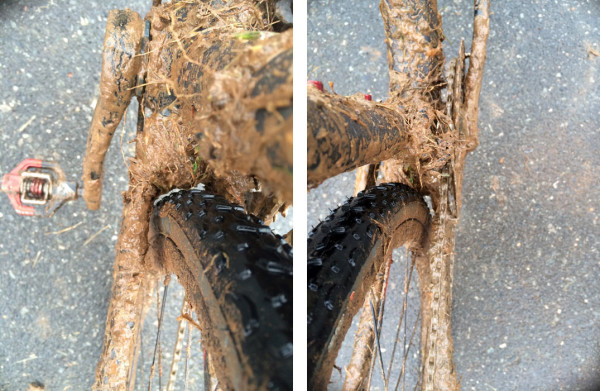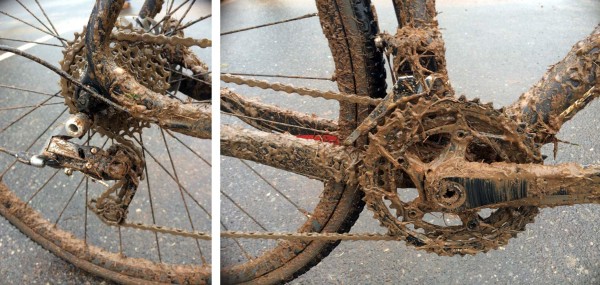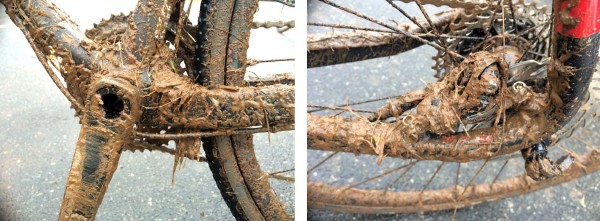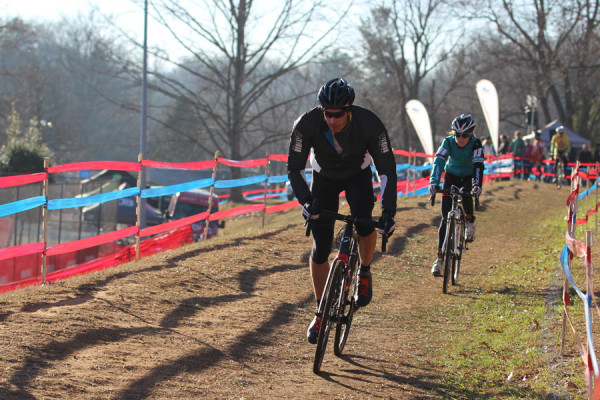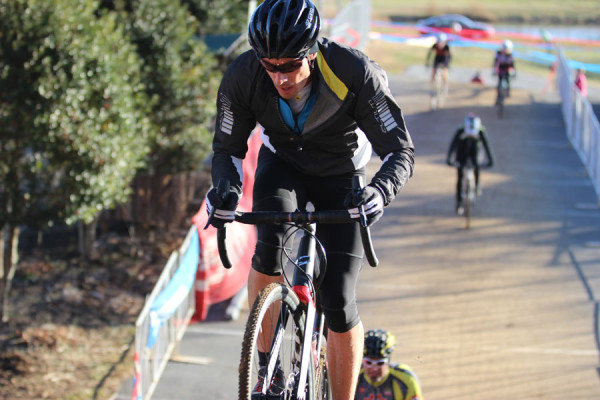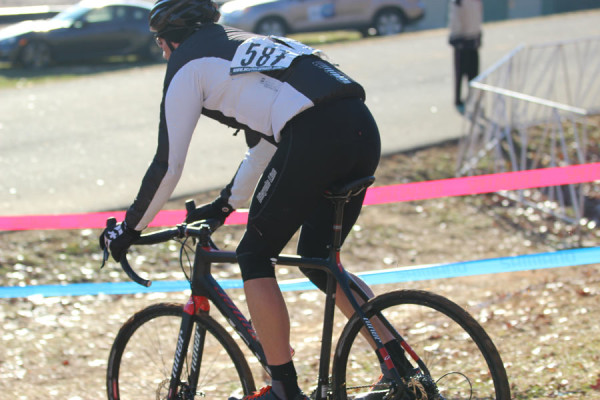It should come as no surprise that a company founded on 29er mountain bikes would lend that experience to anything else it makes. While that pedigree wasn’t as obvious on the gravel-oriented RLT I reviewed a while back, it’s front and center on the BSB cyclocross bike.
I tested the original BSB 9 RDO through last season’s cyclocross series, returning it a few months before the latest version came out with a thru axle rear end. Other than that, changes to the frame and bike were minimal save for spec and paint. And other than the safety boost provided by switching to a thru axle design on a disc brake bike, performance between the two should be identical. Yes, thru axles typically make a bike stiffer, but this bike’s already plenty stiff from end to end, so any improvements on this particular bike are, I’m guessing, negligible. Either way, if you buy a new one, you’re getting the thru axle version whether you want it or not. The RDO fork that comes on the bike has had a thru axle from the get go.
Looking for a fast, light and aggressive handling cyclocross race bike for this season? Read on and see if the Niner is right for you…
The original BSB was introduced in summer 2014, hitting shops in time for last season’s races. I used it for plenty of early, mid, late and post season training and fun rides and for about half my races. Our test bike was equipped with a SRAM Rival 2×11 group with hydraulic brakes, a build that was added a couple months after the original, Shimano-only options. The rest of the bike had a Niner alloy bar and stem, Niner Carbon seatpost and Niner alloy wheels with tubed Schwalbe tires.
In stock form, the size 58 came in at 18lb 12oz (8.5kg).
I don’t always ride ‘cross, but when I do, I prefer tubeless. So I swapped the stock Schwalbe tires and tubes for the Vittoria Cross XG Pro TNT tubeless ready tires I reviewed back in 2013. They’ve held up admirably and perform well in a variety of conditions. Niner’s alloy CX wheels came out before the bike did and weren’t officially tubeless ready. But, with a little tape and sealant, they worked just fine for me for the duration of the test.
The RDO ‘cross fork comes in at 569g, and the Maxle is 65g.
Safety first.
The fork is full carbon save for the threaded axle insert. It’s light and monstrously stiff, particularly laterally. There’s just enough give fore/aft to absorb some of the terrain, but with zero braking shudder or undue flex.
Now that Niner’s running the housing and hoses into the frame behind the headtube (rather than thru a headtube badge), the only complaint from a build standpoint was that the front brake hose rubbed along the headtube, scratching it up quickly. This sort of thing can wear through carbon faster than you’d think, so I put one of Effetto Mariposa’s Shelter frame protector decals at the highest movement point.
The frame can handle up to 40mm tires, giving the 32mm Vittoria’s lots of clearance.
These photos came at the finish of a race that saw several days of rain leading up to and misting in the morning. On lots of grassy fields with clay/dirt/mud sections.
Everything worked flawlessly throughout the race. The grass was a particular concern as it likes to build up in the cassette and around the BB shell, but there was enough space around it all to let the bigger clumps fall off before they became an issue.
Disc brakes FTW!
Fortunately, other races were a bit drier. A double header at Hendersonville let them fine tune the track for day two, offering power climbs, launchable drops (which I swear I had an awesome pic of!!!), fast stretches and technical off camber turns. It was a course that tested everything a ‘cross bike should be able to do, and the Niner passed each section with a high grade. As it should, considering it’s a bike made to race, not for all-day rides. The stiff frame provides predictable handling whether swooping around course taped S-bends or slamming it into to gain a spot.
It also gives you a laterally stiff platform for sprinting or muscling up the steep climbs that others typically run. From front to back, there’s no flex to be felt or heard.
All that translates into a bike that’s confident descending, cornering hard and overtaking others. The rigidity is slightly offset by shaped seatstays that mute a little of the chatter, but after a weekend racing across bumpy grass fields, it was clear this is a race-day bike with no aspirations of pulling double duty as an all ’rounder.
Which is fine by me. It’s refreshing to see a purpose built bike among so many new multipurpose rides that want to serve you on gravel, pavement and at the races. Cyclocross is short, I can handle a few bumps knowing the bike makes no compromises in getting me around each lap as fast as possible.
